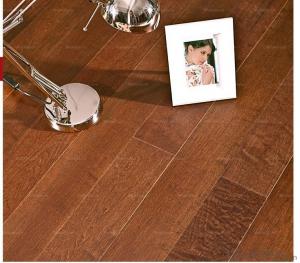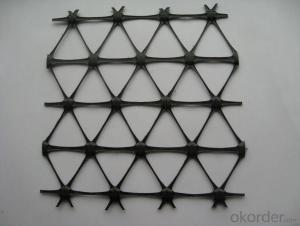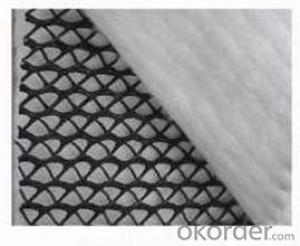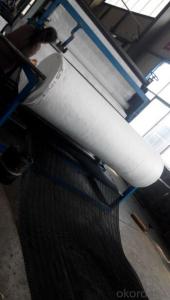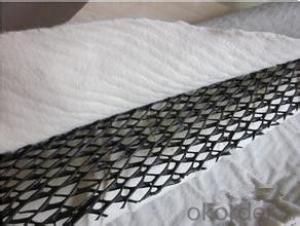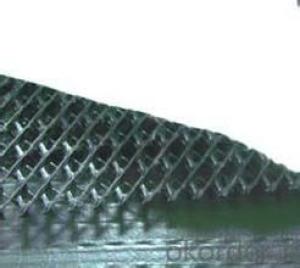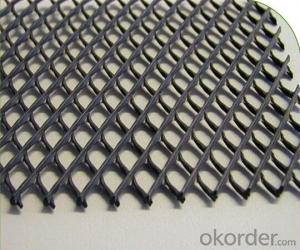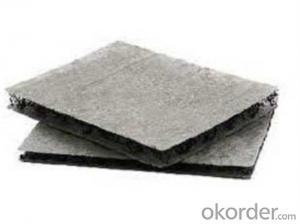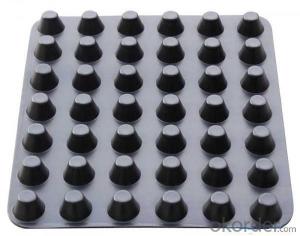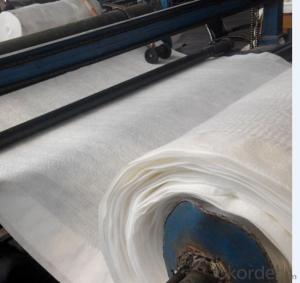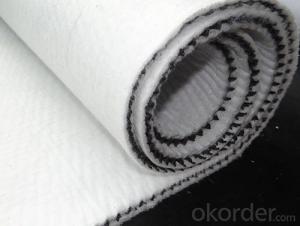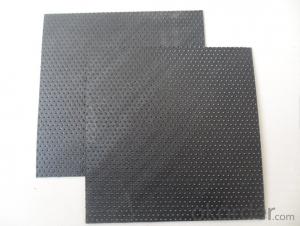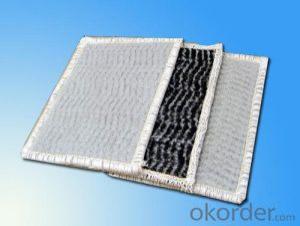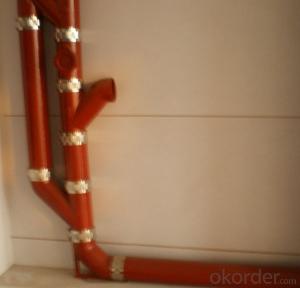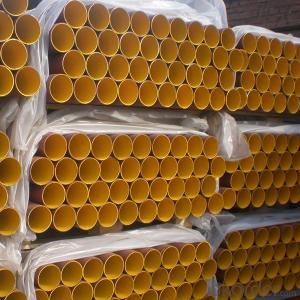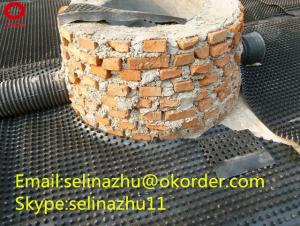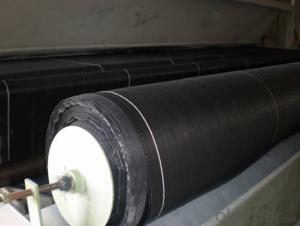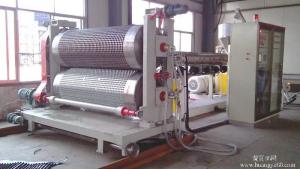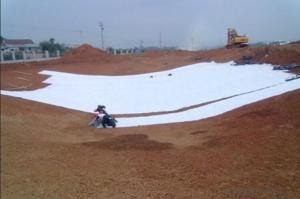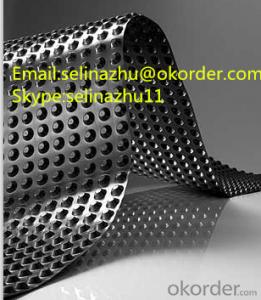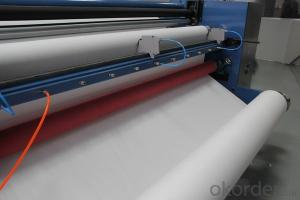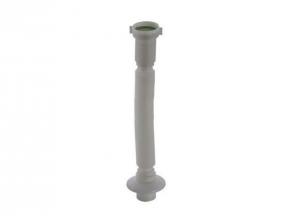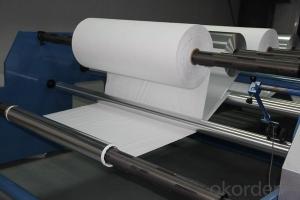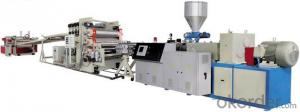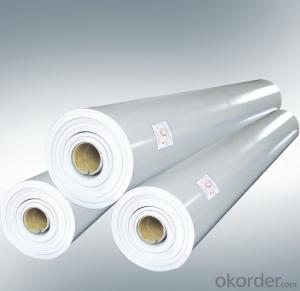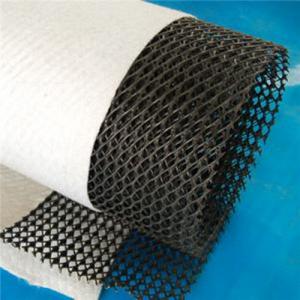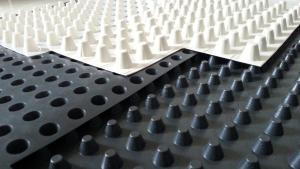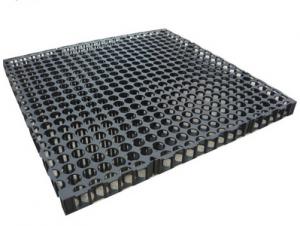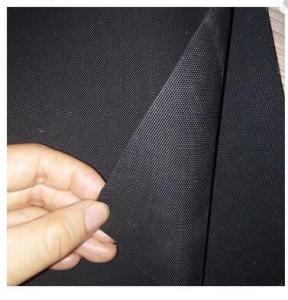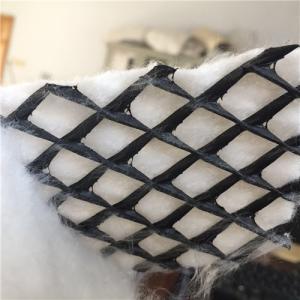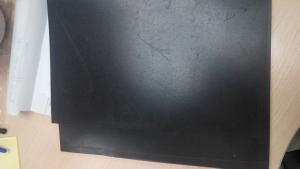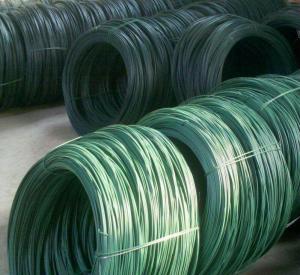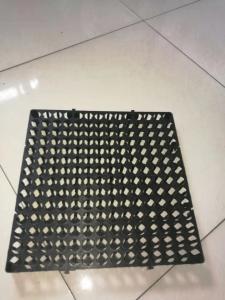Geocomposite Drainage Layer
Geocomposite Drainage Layer Related Searches
Geogrid For Erosion Control Geogrid For Gravel Roads Geogrid For Gravel Driveway Geogrid For Roads Geogrid For Driveway Geogrid For Slopes Geogrid Machine Geocomposite Sheet Drain Best Geogrid Geocomposite Wall DrainHot Searches
Cheap High Tea Sets For Sale Portable Led Signs For Sale Stone Hot Water Bottles For Sale Large Led Screens For Sale 1/4 Aluminum Plate For Sale H4 Led Headlight Bulbs For Sale Air Pump For Aquarium Price Solar Thermal Collectors For Sale Used Finger Joint Machine For Sale Aluminum Dock Plate For Sale Aluminum Plate For Sale Near Me Solar Chips For Sale Solar Business For Sale Solar Controllers For Sale Pipe Staging For Sale Aluminum Stock For Sale Near Me Used Electrical Wire For Sale 6 3 Electrical Wire For Sale Aluminum Towers For Sale 6 3 Wire For SaleGeocomposite Drainage Layer Supplier & Manufacturer from China
Okorder.com is a professional Geocomposite Drainage Layer supplier & manufacturer, offers integrated one-stop services including real-time quoting and online cargo tracking. We are funded by CNBM Group, a Fortune 500 enterprise and the largest Geocomposite Drainage Layer firm in China.Hot Products
FAQ
- Geocells are used for load support in utility trenches by acting as a reinforcement system. They are installed horizontally within the trench and filled with compacted soil or aggregate material. This creates a strong and stable foundation that helps distribute the load from the utilities and prevent settlement or deformation of the trench.
- Yes, earthwork products can be used in greenway development. Earthwork products such as soil, gravel, and mulch can be utilized for landscaping, trail construction, erosion control, and other environmental enhancements in greenway projects. These materials help with grading, drainage, and stabilizing the terrain, creating a sustainable and functional greenway for recreational and ecological purposes.
- Geocells help in soil stabilization by providing a three-dimensional honeycomb-like structure that confines and reinforces the soil. This confinement prevents soil erosion, improves load-bearing capacity, and enhances overall stability. The geocells effectively distribute and transfer loads, reducing settlement and promoting better soil compaction. Additionally, the cells can be filled with various materials such as aggregate, sand, or vegetation, further enhancing soil stability and environmental sustainability.
- The role of materials in civil engineering
- 1. Material is the material basis of civil engineering. Design drawings and then perfect, construction drawings and then qualified, not really building materials, is unable to change the project from two to three
- Why beginners or senior civil engineering and technical personnel are required to continue to learn civil engineering materials
- Civil engineering materials teaching materials mainly introduce the basic composition of civil engineering materials commonly used in civil engineering, material performance, quality requirements, testing methods
- What are the structural forms of common buildings?
- Shear wall structure: the shear wall is composed of vertical and horizontal forces to withstand the structure, also known as anti-seismic wall structure. Shear wall structures are supported by vertical and horizontal loads of walls and floors are all cast-in-place reinforced concrete. Used to build high-rise and high-rise buildings.
- Yes, earthwork products can be used for slope stabilization in earthquake-prone areas. These products, such as geosynthetics and retaining walls, can help prevent soil erosion and slope failures during seismic events. They provide reinforcement and stability to the slopes, reducing the risk of landslides and other hazards associated with earthquakes.
- When designing with geosynthetics in earthwork, there are several key factors to consider. Firstly, it is important to assess the site conditions and understand the specific requirements of the project. This includes factors such as soil type, slope stability, groundwater conditions, and anticipated loads. Next, the selection of appropriate geosynthetic materials is crucial. Factors such as the intended function of the geosynthetic, durability, strength, and compatibility with the soil and other materials should be considered. The design should also account for the installation process and consider the construction techniques for incorporating geosynthetics into the earthwork. Proper installation methods, including adequate anchorage and proper overlap or connection techniques, are essential for ensuring the effectiveness of the geosynthetics. Additionally, it is important to consider long-term performance and consider factors such as maintenance, potential for degradation, and the anticipated lifespan of the geosynthetics in the specific environment. Finally, considering the cost-effectiveness of the design is crucial. This involves evaluating the benefits of using geosynthetics compared to traditional earthwork methods, assessing the overall project costs, and ensuring that the chosen design provides the most efficient and economical solution.
